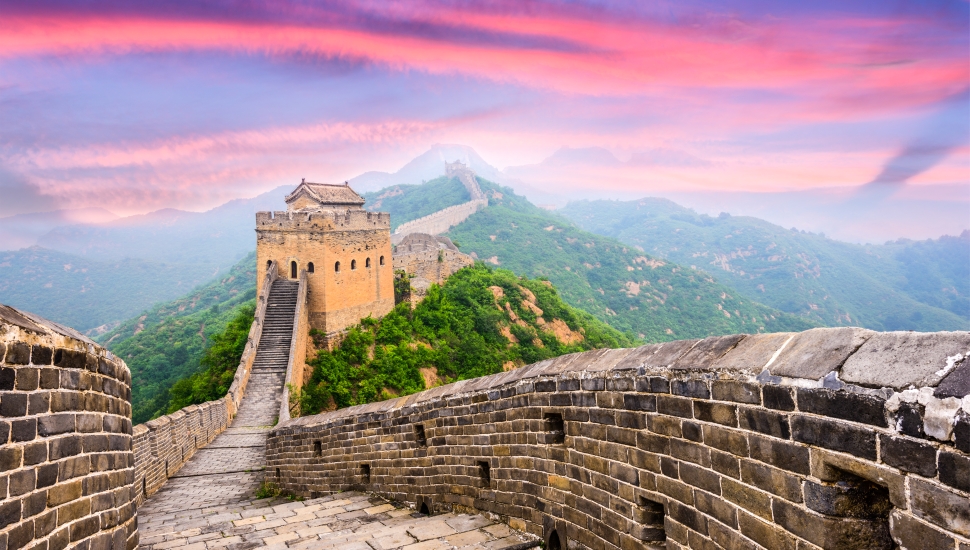UNESCO World Heritage Sites: Good for Tourism?
Obtaining a UNESCO World Heritage Site listing is like being awarded a Michelin Star – only UNESCO is generally for castles and ancient ruins, rather than posh food.
As recent news reports have shown, getting a UNESCO badge really puts you on the map (although to be fair, Hebron, at the centre of the recent frictions, was already on the map).
Becoming a UNESCO site doubtless helps the surrounding economy a huge amount – especially in poorer countries. But there is arguably a dark side too: by attracting mass tourism, UNESCO could be threatening the very sites it aims to protect.
At present, there are 1,052 Cultural, Natural and Mixed sites in 165 countries. Italy boasts the most with 51, but China follows close behind on 50 – and only needs to dig up one more terracotta army to reach level pegging with the Italians. Spain comes third with 42, Germany has 41, India 35, Mexico 34 and the UK a decent 30.
Getting a World Heritage Site listing is big business. As such, there is a large lobbying industry focussed on bagging more listings. Having been accredited, a site tends to appear on the radar of many thousands of tourists and tour companies.
Even how the UNESCO body talks about existing sites matters. In 2016 UENSCO published a report criticising conservation efforts on the Great Barrier Reef. The Australian government lobbied UNESCO to remove the criticism, fearful it would damage tourism in the area. Just days ago, it appears the pressure worked: the Reef is no longer officially ‘in danger'.

Liverpool, meanwhile, could lose its World Heritage status altogether, due to a plan to redevelop its waterfront.
It's undeniable that getting a UNESCO listing is a huge boost to any economy, but it is often accompanied with a surge in consumerism. And as Francesco Bandarin, assistant director general of UNESCO and head of its World Heritage Center, said in the New York Times: "Consumption and preservation do not go together."
Angkor Wat, the complex of ancient temples in Cambodia, is a case in point: more than 200 hotels have been built nearby to accommodate the huge numbers of tourists that visit each year.
However, as dispensable incomes rise across the world, tourism is unlikely to shrink anytime soon. Burgeoning middle classes in China and India now join those of Europe and North America, seeking ever more exotic destinations – and more Instagrammable ways to spend their new found free time and money.

As ideas for bucket lists go, you can't get much more inspiring that the list of UNESCO World Heritage Sites. Preserving them for future generations to enjoy, while stimulating local economies, should undeniably be a top priority for travellers and governments the world over – not to mention UNESCO.
Planning an overseas adventure?
Get a quote for comprehensive single or annual travel insurance from starttravel.co.uk today.
Get a Quote